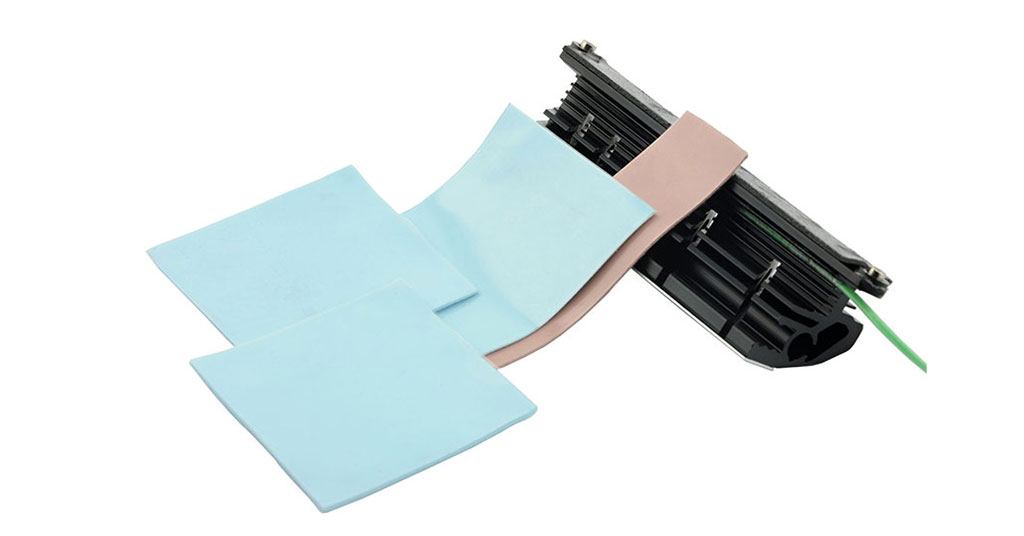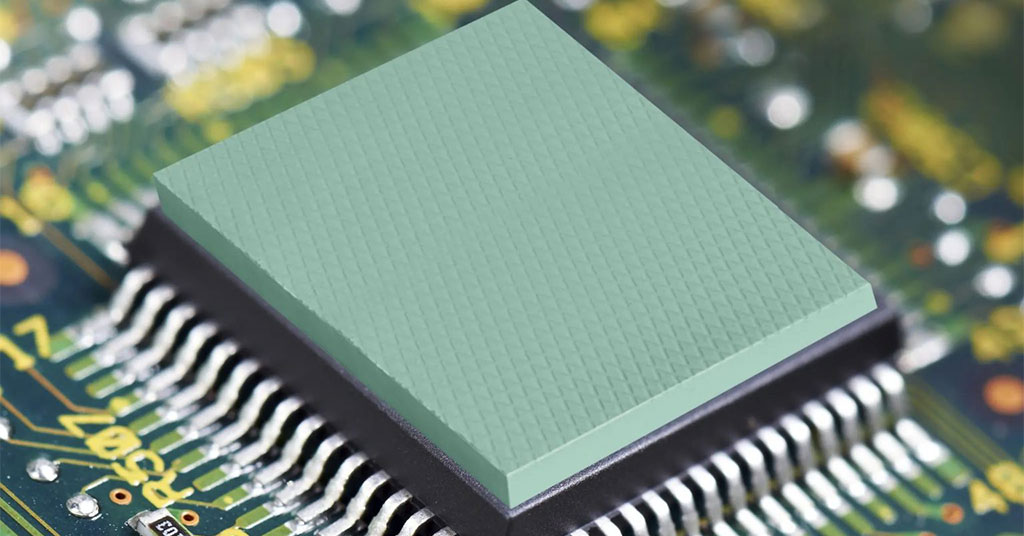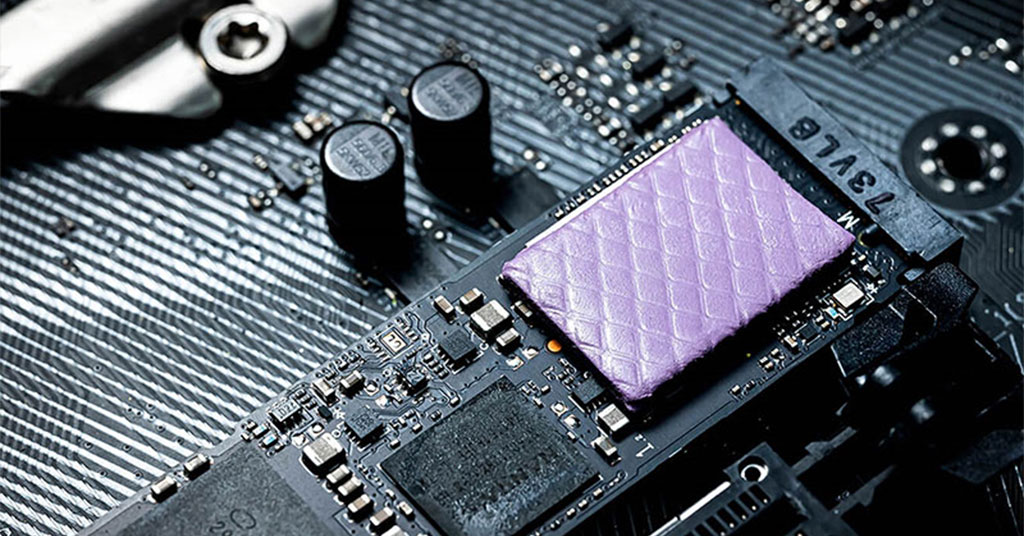Thermal pads play a crucial role in maintaining optimal temperatures in various electronic devices by providing thermal conductivity and heat dissipation. They’re often used in situations where thermal grease or paste is not suitable or desirable, such as in some LED lights, computer components, and power supplies. However, a common question arises: Can thermal pads be reused?

1. Understanding Thermal Pads
Thermal pads are made from materials like silicone or other advanced compounds designed to fill the microscopic gaps between surfaces and efficiently transfer heat. Their primary function is to reduce heat buildup in electronic components, preventing damage from overheating.
2. Can Thermal Pads Be Reused?
Generally, thermal pads are not designed to be reused. Here’s why:
- Deformation and Compression: When thermal pads are used, they compress under pressure to fill gaps between surfaces. This compression alters their structure, and once removed, they may not return to their original form, reducing their ability to transfer heat effectively.
- Contamination: Over time, thermal pads can accumulate dust, debris, or residues from the components they come in contact with. This can interfere with their heat-dissipating properties.
- Loss of Efficiency: As thermal pads are subjected to heat cycles, their thermal conductivity properties can degrade. This can lead to diminished performance, which means they won’t be able to dissipate heat as efficiently as they once did.
3. Are There Exceptions?
While most thermal pads are not designed for reuse, there are some high-quality, reusable thermal pads available. These are made from more durable materials that can withstand multiple heat cycles. However, these products are typically the exception rather than the norm and often come with specific instructions for reuse.

4. How to Determine If Reuse is Possible?
- Inspect the Pad: If the thermal pad appears deformed, sticky, or cracked, it should be replaced. Even if it looks intact, it’s a good idea to test it by applying the pad again to check its heat dissipation capacity.
- Check the Manufacturer’s Guidelines: Always refer to the manufacturer’s instructions. They often indicate whether the pad is reusable or needs replacement after each use.
5. What Happens If You Reuse Thermal Pads?
Reusing a thermal pad that has already been compressed or degraded can lead to several problems:
- Inefficient Cooling: As the pad’s ability to transfer heat decreases, the device’s internal temperature will rise, potentially leading to overheating.
- Component Damage: Over time, the device may suffer from increased wear and tear due to thermal stress. This could shorten the lifespan of sensitive electronics.
6. Conclusion: Replacing Is Better Than Reusing
For optimal performance, it is recommended to replace thermal pads regularly rather than attempting to reuse them. If you’re looking for a more sustainable option, consider investing in higher-quality thermal pads designed for reuse or choosing a thermal interface material (TIM) like thermal paste or liquid metal that offers superior longevity and heat conductivity.
In summary, while reusing thermal pads is technically possible in some cases, it’s not the best practice for most applications. To ensure your electronics remain cool and functional, replacing your thermal pads when needed is a smart move.
